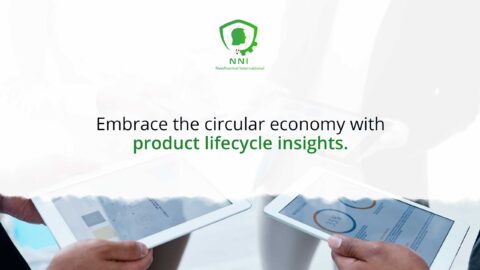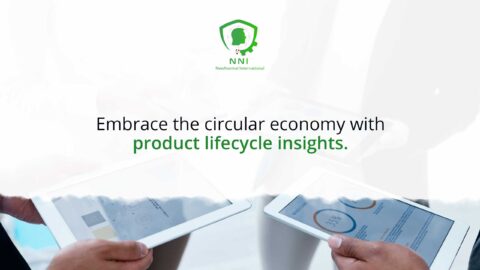Maximizing Market Relevance Through Customer Insights by Refining Product Offerings with Sales Feedback Loops
In the rapidly evolving business landscape, staying attuned to customer needs and preferences is paramount for enduring success. Refining product offerings with sales feedback loops has emerged as a critical strategy for businesses aiming to thrive in competitive markets. This article delves into how leveraging customer feedback from sales data can transform product development and drive business growth.
The Power of Sales Feedback in Product Refinement
In today’s customer-centric business landscape, understanding and responding to customer preferences and pain points is not merely a reactive measure to address complaints or improve satisfaction ratings; it is a proactive strategy to enhance product relevance, drive innovation, and achieve sustainable growth. By meticulously analyzing sales data and actively seeking feedback from customers, businesses can uncover invaluable insights into what customers truly want, what features they value most, and what areas require improvement.
This customer-centric approach to product development goes beyond traditional market research methods that often rely on surveys and focus groups, which may not capture the nuances and evolving needs of customers. Sales feedback, on the other hand, provides a real-world perspective on how customers interact with products, identifying practical issues, unmet needs, and areas for improvement.
Businesses that effectively integrate customer feedback into their product development cycle reap a multitude of benefits, including:
Enhanced Product Relevance: By understanding customer preferences and pain points, businesses can ensure that their products align with the evolving demands of the market. This alignment leads to increased product adoption, customer satisfaction, and market share.
Reduced Development Costs: Customer feedback can help identify potential design flaws, usability issues, and compatibility problems early in the development process. Addressing these issues early on can reduce the need for costly rework and late-stage product changes.
Accelerated Innovation: Customer feedback can serve as a springboard for innovation, providing insights into emerging trends, unmet needs, and potential new product features. Businesses that embrace customer-driven innovation can stay ahead of the competition and develop products that truly resonate with their target audience.
Improved Customer Relationships: Actively seeking and addressing customer feedback demonstrates a commitment to customer satisfaction and fosters stronger relationships with customers. This enhanced customer engagement leads to increased loyalty, positive word-of-mouth, and repeat business.
Sustainable Growth and Competitive Edge: By prioritizing customer feedback and aligning product development with market demands, businesses can create products that are not only relevant and valuable but also differentiate them from competitors. This sustainable approach leads to long-term growth, market dominance, and a reputation for customer-centricity.
In essence, customer feedback is not merely a byproduct of sales interactions; it is a treasure trove of insights that can transform product development, enhance customer satisfaction, and drive sustainable growth. Businesses that cultivate a customer-centric culture, actively seek and analyze customer feedback, and integrate those insights into their product development cycle are poised to achieve remarkable success in today’s dynamic and competitive marketplace.
Integrating Customer Feedback into Product Development
The integration of customer feedback into product development should be a structured and continuous process. It involves collecting data at various touchpoints, analyzing it for actionable insights, and then applying these insights to refine products. The key is to create a loop where customer feedback directly informs product innovation, ensuring that the offerings remain relevant and appealing to the target audience.
Technological Enablers: Utilizing AI and Big Data
In the era of digitalization and big data, advanced technologies like Generative Artificial Intelligence play a crucial role in decoding complex customer data. These technologies can identify patterns and preferences that might be missed by traditional analysis, thereby offering deeper insights into customer behavior.
Benefits of a Customer-Centric Approach
Adopting a customer-centric approach in refining products ensures that businesses stay ahead of the curve. It leads to enhanced customer satisfaction, increased loyalty, and can open up new market opportunities. Furthermore, it fosters a culture of continuous improvement and innovation within the organization.
Challenges and Best Practices
While the benefits are clear, the challenges in implementing a feedback-driven product strategy cannot be overlooked. It requires a cultural shift within the organization, moving from a product-focused to a customer-focused mindset. Companies must also invest in the right tools and technologies to effectively gather and analyze customer feedback.
Case Studies and Real-World Examples
Several leading companies have successfully implemented sales feedback loops to refine their product offerings. These case studies serve as valuable examples for other businesses looking to adopt similar strategies.
In conclusion, refining product offerings with sales feedback loops is a potent strategy for businesses to remain competitive and relevant. By prioritizing customer feedback, companies can not only enhance their product offerings but also drive overall business success.











